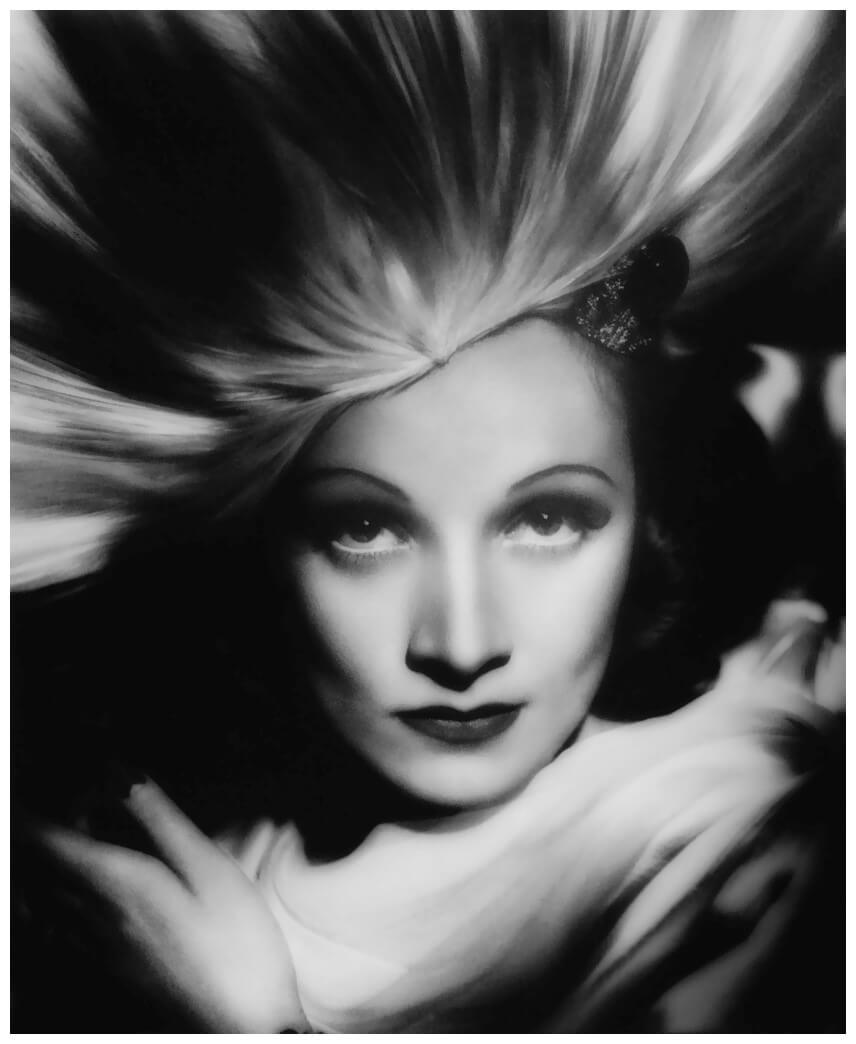
Studio Lighting is any form of lighting equipment used when taking photos. It’s also used by photographers, often when working in a photography studio, to enhance their photography. Most professional photographers have different light kits they use depending on the situation they find themselves shooting in.
The purpose of studio lighting to illuminate their images and videos. Lighting is a very important tool when it comes to controlling the image. And using studio lights in an effective way is an art in itself.

The Three different types of point lighting are:
- Key Light – 1 point lighting
- Fill Light – 2 point lighting
- Backlight – 3 point lighting
One-point lighting would involve just one light and this would be illustrated as the key light. The way in which we would utilise this light effectively would be to use a softbox in order to convert the light into a powerful diffusion light source.
Two-point lighting is a basic lighting technique used in film and photography that involves the use of two light sources to illuminate a subject. This setup creates depth and dimension, enhancing the visual appeal by casting shadows and highlights that define shapes.
Three-point video lighting is all about creating a three-dimensional look. By placing three light sources at strategic points around the subject, each light source illuminates a separate dimension of the subject and creates an image with greater representation of height, width, and depth.

Rembrandt Lighting, Butterfly lighting, Chiaroscuro
- Rembrandt lighting is characterized by an illuminated triangle (also called “Rembrandt patch”) under the eye of the subject on the less illuminated side of the face. It is named for the Dutch painter Rembrandt, who occasionally used this type of lighting.
- Butterfly lighting is a lighting pattern used in portrait photography where the key light is placed above and pointing down on the subject’s face. This creates a dramatic shadow under the nose and chin that looks like a butterfly.
- Chiaroscuro lighting refers to the intentional employment of highlights and shadows to draw attention to the shape of the subject. In order to produce striking contrasts, this approach usually entails employing a single light source — such as a lamp or window — positioned at a certain angle.



Artist Research:
David Bailey is an English fashion photographer best known for his images of celebrities, models, and musicians. Born on January 2, 1938 in London, United Kingdom, Bailey dropped out of high school to serve in the Royal Air Force where he developed an interest in the photography of Henri Cartier-Bresson. Over the course of the 1960s and 70s, the artist gained attention from the press after a string of high-profile marriages to Jean Shrimpton, Catherine Deneuve, and Marie Helvin. In 1965, he published his first photography book Box of Pin-Ups, a collection of black-and-white images portraying Mick Jagger, The Beatles, Twiggy, and Andy Warhol, along with several other celebrity figures.



Bailey has gone on to receive the title of Commander of the Order of the British Empire from Queen Elizabeth II, and in 2016 a Lifetime Achievement award from the International Center of Photography in New York. The artist’s photographs are held in the collections of the National Portrait Gallery and the Victoria and Albert Museum in London.

Technical: the lighting is artificial as the photo was taken in a studio where the flash was used as the lighting technique used is split lighting, where half of the face is lit up whilst the other half isn’t. The level of contrast in the face is not that major as the right eye is still very visible and bright, although the right side of the blazer is a much lighter grey than the right shows that the light was more angled at the blazer. A reflector could of been used to create the lighter right eye so the viewer would be able to see a full face. The ISO seems at a low sensitivity as the image isn’t grainy so it doesn’t show that much texture but enough to see it on the blazer. The shutter speed seems quite fast because enough light has entered where it’s not over-exposed but also not under-exposed. The white balance was probably set to daylight as the photographer used a flash trigger.
Visual: the image has been set to black and white to show its tone and contrast better. This also gives a darker, moodier feel to the photo which adds character to it and makes it not boring. You’re able to see the texture of the jacket showing depth . The model is in the centre of the lens which means he is in the middle ground.
Contextual: the photographer normally took pictures of famous singers of the time so Mick Jagger was a perfect model as he was in The Rolling Stones. At the time british rock music was popular so bands like The Beatles and The Rolling Stones and singers like David Bowie would be good candidates.
MOOD BOARD

My aim is to achieve at least 3 good photos with each technique whilst being in different poses and using different colour gels. This would get me a good range of photos to edit as I would have a nice variety to post. I’ll also use the reflector to bounce the light onto the models face to see what that would look like and see what effect is created and with doing that I’d also do a range of different shots and angles: close-ups, rule of thirds, low angle etc this would allow me to get images like David Bailey whom I’m getting inspiration from.



